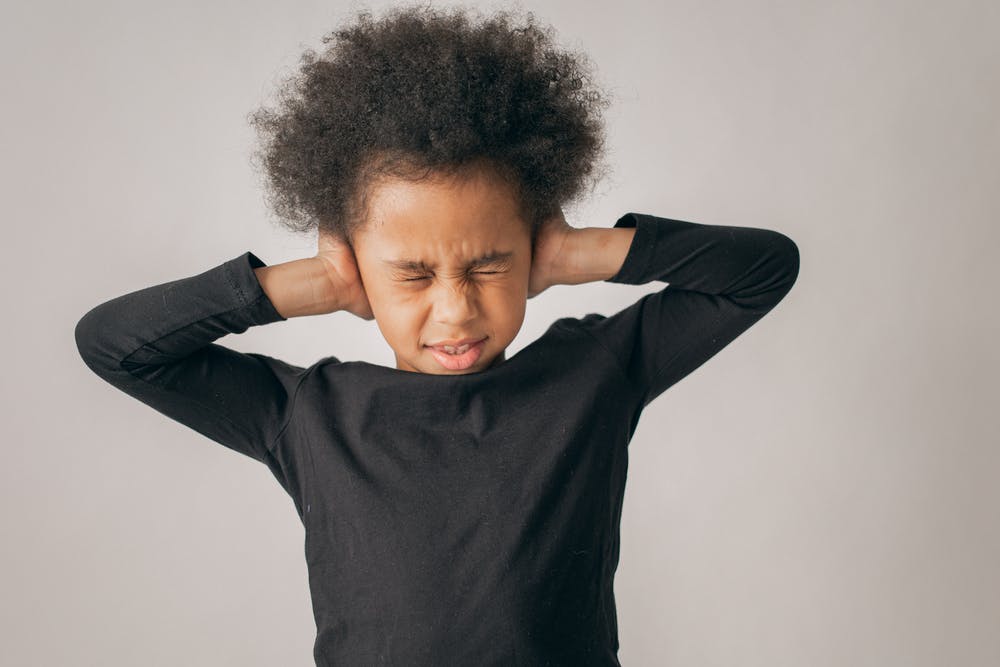Curbing Bullying in Childcare
 Bullying is an imbalance of power where the victim is upset but the bully typically is not. Bullies usually have no remorse and do not see the need for a resolution. Bullying is ongoing and can be a serious emotional or physical threat.
Bullying is an imbalance of power where the victim is upset but the bully typically is not. Bullies usually have no remorse and do not see the need for a resolution. Bullying is ongoing and can be a serious emotional or physical threat.
There are several different types of bullying that caregivers must be aware of in order to prevent or halt bullying behaviors.
- Direct bullying: Aggressive behaviors occur in the presence of the targeted youth.
- Examples: face-to-face interactions (pushing, hitting), direct harmful written or verbal communications (taunting, mean notes)
- Indirect bullying: Aggressive behavior(s) are not directly communicated to the youth.
- Examples: spreading rumors, telling others to exclude
- Physical: hitting, kicking, punching, spitting, tripping, pushing
- Verbal: Taunting, name-calling, threatening words, notes or gestures, sexual comments
- Relational: designed to harm reputation and relationships
- Social isolation, spreading rumors, posting embarrassing images
When caregivers are committed to ensuring the safety of all children in their care, a bullying prevention program is an excellent way to address common behaviors in older children. A successful bully prevention program is:
- Universal (school-wide)
- Preventative and problem solving
- Focused on changing norms and behaviors
- Research-based
- Not time-limited; requires systematic efforts over time
- Inclusive of bystander involvement
Interested in learning more about bullying and ways to prevent or halt bullying behaviors? Check out H&H Child Care Training Center today and see our wide list of training courses offered to support early childhood educators.
- 45 Hour Preschool Methods and Materials
- 45 Hour Child Growth and Development
- Pediatric RSV First Aid & CPR/AED
- CDA Bridge Bundle: Infant/Toddler without Portfolio Review
- Asthma, Allergy and Anaphylaxis Prevention and Management Training for Early Education Providers
- 45 Hour School Age Methods and Materials
- 45 Hour Infant and Toddler Methods and Materials
- CDA Bridge Bundle: Preschool without Portfolio Review
- CDA Bridge Bundle: Family Child Care without Portfolio Review
- Texas Director Credential
- The Importance Of Recognizing Obesity In Children
- Bullying, Harassment, Intimidation
- How Does the Americans with Disability Act ( ADA) apply to child care centers
- July is National Picnic Month
- Juneteenth and Father's Day
- Flag Day
- Nevada annual requirements
- Curbing Bullying in Childcare
- Nurturing Happiness in Children: A Guide to Raising Joyful, Well-Adjusted Kids
- Social Media Usage in Children: Risks and Safety Tips
- Early Childhood Education Socialization: Building Social Skills for Life
- Sep 21 – International Day of Peace: Foster Harmony and Understanding in Your Classroom
- Every Child Matters: Practical Tips for a Safe and Inclusive Classroom
- Mirror Mirror on the Wall: Whimsical Ways to Prevent Bullying Tendencies in Kids, Inspired by Fairy Tales
- When the Sunshine Fades: How to Spot Depression in the Happiest-Looking Kids
- World Kindness Day: Inspiring Activities to Promote Compassion and Kindness in the Classroom
- Trauma and Tantrums: How Stress Shapes Behavior (and How to Help)
- 🌈Every Child Belongs: Creating Inclusive and Safe Classrooms Where All Learners Thrive
- 🗣️ How Can I Talk to Parents About Bullying Without Blame or Conflict?🤝
- ⚠️🤝 How Can I Tell the Difference Between Bullying and Normal Conflict?